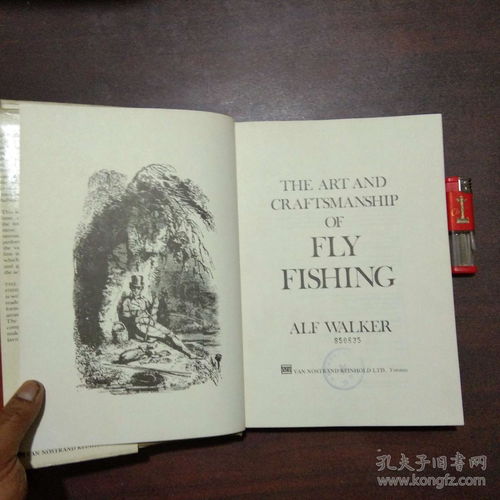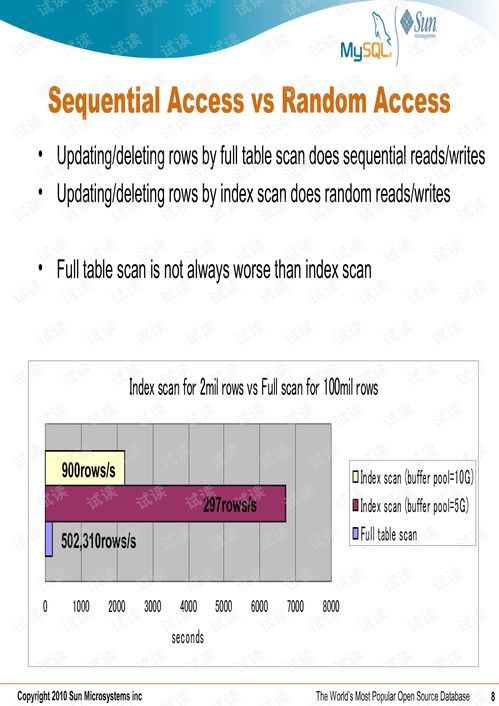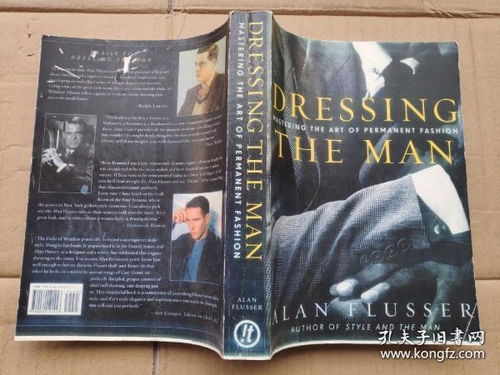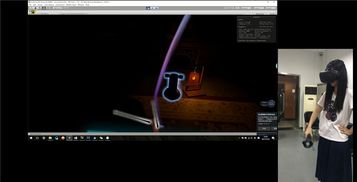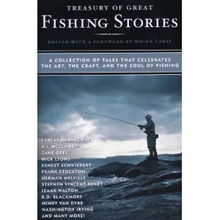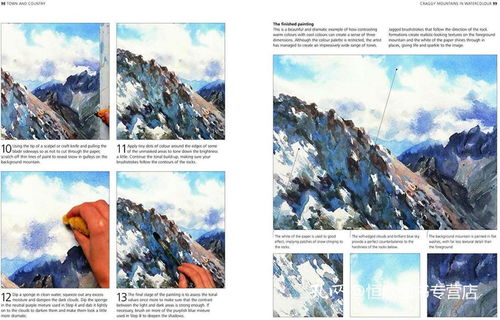Introduction
Fishing is an age-old pastime that has captivated anglers around the world for centuries. With the rise of digital media, creating a video tutorial on fishing techniques has become a fantastic way to share your passion with a broader audience. Whether you're a seasoned angler looking to refine your skills or a beginner eager to learn the ropes, this comprehensive guide will walk you through the process of how to shoot a high-quality video tutorial on fishing techniques.
Planning Your Video Tutorial
1 Define Your Target Audience
Before you start filming, it's crucial to understand who your audience is. Are you targeting beginners, intermediate anglers, or experts? Knowing your audience will help you tailor your content to their level of experience and interests.
2 Choose Your Topic
Select a specific fishing technique or aspect of fishing that you are knowledgeable about. This could range from basic casting techniques to advanced fly fishing methods or even specific species fishing.
3 Outline Your Content
Create a detailed outline of the content you want to cover in your video. This should include the main points, subtopics, and any practical demonstrations you plan to include.
Gathering Equipment
1 Camera Equipment
For a high-quality video, you'll need a good camera. A DSLR or a high-end camcorder with manual controls will give you the best results. Don't forget to check the camera's specifications for features like a good lens, image stabilization, and a high-resolution sensor.

2 Sound Equipment
Clear audio is essential for a successful video tutorial. Use a shotgun microphone or a lavalier mic to capture high-quality sound. Consider using a sound recorder if you need to capture audio separately.
3 Additional Equipment
You may also need fishing rods, reels, tackle, and any other equipment that you will be demonstrating in the video.
Filming Your Video
1 Lighting
Proper lighting can make a huge difference in the quality of your video. Use natural light whenever possible, and consider using softboxes or reflectors to fill in shadows.
2 Shooting Techniques
- Angle: Use different angles to show different aspects of the fishing technique. Close-ups of the hands and tackle are particularly useful.
- Speed: Adjust the camera speed to match the speed of the fishing technique. For slow movements, use a slower shutter speed; for fast movements, use a faster shutter speed.
- Smooth Transitions: Use smooth transitions between shots to create a professional-looking video.
Editing Your Video
1 Software
Use video editing software like Adobe Premiere Pro, Final Cut Pro, or even free alternatives like DaVinci Resolve or HitFilm Express.
2 Editing Process
- Trimming: Remove any unnecessary footage or bloopers.
- Transitions: Add smooth transitions between clips.
- Audio: Adjust the volume and add background music or sound effects.
- Graphics: Add text, graphics, or annotations to highlight key points.
- Export: Export your video in the desired format and resolution.
Sharing Your Video
1 Platforms
Choose platforms where your target audience is most active. This could be YouTube, Instagram, Facebook, or even specialized fishing forums.
2 Promotion
Promote your video through social media, email newsletters, or fishing communities. Engage with your audience by responding to comments and feedback.
Conclusion
Creating a video tutorial on fishing techniques can be a rewarding endeavor that not only shares your passion but also helps others improve their fishing skills. By following this comprehensive guide, you'll be well on your way to producing a high-quality, informative, and engaging video that will captivate and educate your audience. Happy filming!
